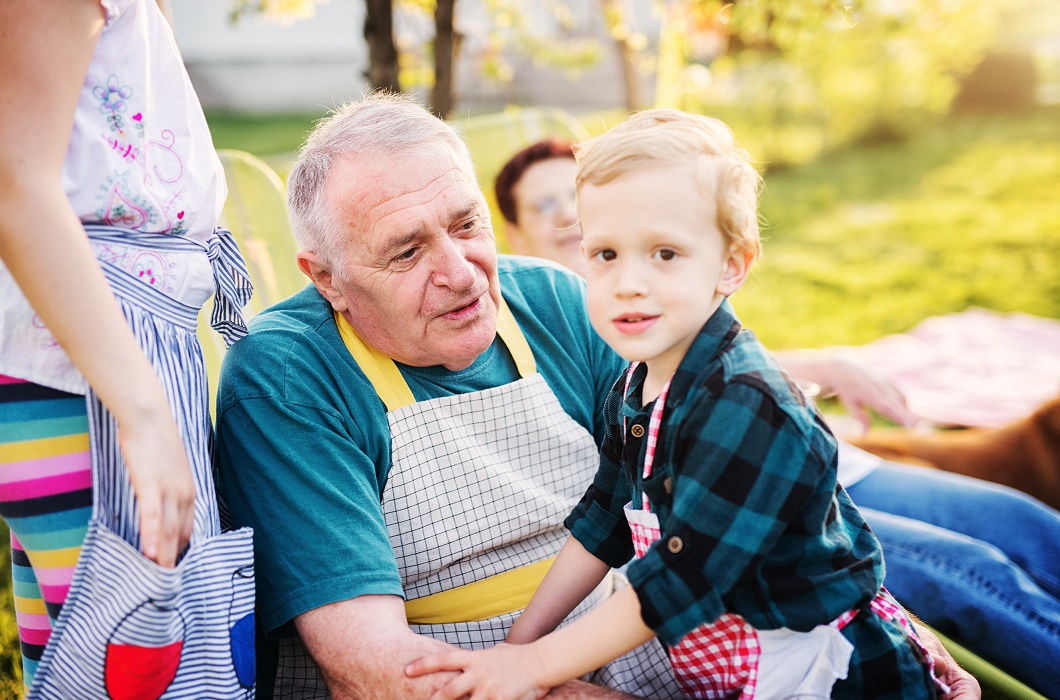Loneliness is an emerging public health issue that impacts physical and mental health and wellbeing.
The Bayside Peninsula Population Health and Community Wellbeing team has been working closely with other government and community partners to understand the barriers and enablers to overcoming loneliness and social isolation, a priority identified by the Inner South East Metropolitan Partnership in 2018.
It was known that many older residents in the Bayside Peninsula area (BPA) experience loneliness and social isolation but when the team captured the stories of people experiencing social isolation in the region, this also included young people and new parents. The Australian Loneliness Report defined loneliness as “a feeling of distress people experience when their social relations are not the way they would like. It is a personal feeling of social isolation”. Loneliness affects one in four Australians and is associated with depression, anxiety, poor quality of life, poor sleep, and poor physical health. Mental wellbeing has been identified as a priority in the Victorian public health and wellbeing plan 2019-2023 (see page 26).
Certain population groups are at higher risk of poor mental health and mental illness because of greater exposure and vulnerability to unfavourable social, economic and environmental circumstances, including social isolation and loneliness.
The BPA has more than 8,500 public housing residents, many of whom experience high socio-economic disadvantage and often have complex physical and mental health needs along with a range of significant social wellbeing concerns including loneliness and social isolation. In addition, almost two thirds of these residents are aged over 55 years.
However, there are also social infrastructure assets that can be activated to support health and social wellbeing needs of residents, including, neighbourhood houses and men’s sheds and community facilities on public housing estates, where community partners and residents create connections through community gardens, BBQs and other events. For example, on the Dunkley Fox Estate in Highett, community dinners are organised to build a more cohesive community and are well attended by single people, families, grandparents and grandchildren, with some of the food being made by the children from the estate’s supported playgroup, breakfast programs and homework club.
New partnerships are also being establishing to connect neighbourhood houses, libraries, community and health services with public housing estates. For example,
- a partnership between three neighbourhood houses, local government and community sector organisations has been established to deliver Active Ageing activities on the Ludstone Street older persons estate in Highett.
- the South Melbourne Community Capacity Building Initiative works with public housing residents and community partners to implement programs that improve education and employment pathways.
The Bayside Peninsula Area covers the local government areas of Bayside, Frankston, Glen Eira, Kingston, Mornington Peninsula, Port Phillip and Stonnington councils which includes some of the most socio-economically disadvantaged geographic areas in Victoria.
By leveraging social infrastructure, building resident capacity and establishing partnerships with community organisations, initiatives are being delivered to support population health and wellbeing outcomes for public housing residents. For further information please contact Manager, Population Health and Community Wellbeing, Bayside Peninsula Area.

